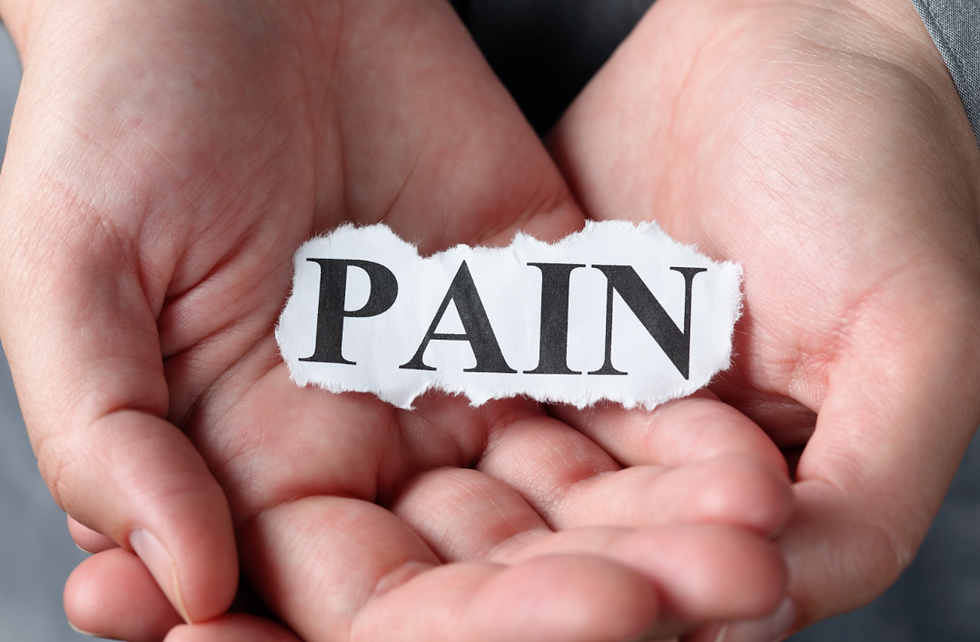Role of Physiotherapy in Wound Healing
- Anuj Tiwari

- Oct 10
- 2 min read
Wound healing is the body’s natural process of repairing injured tissue after an injury, burn, or surgery. While medical treatment, dressings, and proper nutrition are essential for recovery, physiotherapy also plays a vital role that is often overlooked. Beyond simply speeding up healing, physiotherapy helps reduce pain, restore mobility, and prevent complications.
Understanding Wound Healing
Wound healing occurs in four stages:
Haemostasis –
The body forms a clot to stop bleeding.
Inflammation –
White blood cells fight infection and clear away debris.
Proliferation –
New blood vessels, collagen, and tissue are formed.
Remodelling –
The tissue gradually strengthens as the wound matures.
Any disruption in these phases—such as poor circulation, infection, immobility, or chronic illness—can delay healing.

The Role of Physiotherapy in Wound Healing
Improving Blood Flow
Specific exercises and guided movement prescribed by physiotherapists enhance circulation, delivering oxygen and nutrients essential for tissue repair. Better circulation also lowers the risk of infection and accelerates healing.
Managing Swelling
Swelling (oedema) is a common issue after injury or surgery. Techniques such as manual lymphatic drainage, compression, and proper positioning help reduce excess fluid and create the optimal environment for healing.
Pain Relief
Pain around a wound often limits movement. Physiotherapy uses methods like TENS (electrical stimulation), relaxation strategies, and gentle exercises to reduce pain while encouraging safe activity.
Scar Tissue Management
As wounds heal, scar tissue can stiffen—especially around joints. Through mobilization, massage, and stretching, physiotherapists maintain flexibility and reduce the risk of long-term stiffness.
Preventing Complications
Prolonged immobility increases the likelihood of delayed healing and pressure sores. Physiotherapists promote safe positioning, mobility training, and functional movement to keep patients active and prevent secondary issues.
Advanced Modalities
Modern physiotherapy may also involve ultrasound therapy, low-level laser therapy, and electrical stimulation—all of which have been shown to improve tissue repair, reduce inflammation, and speed up wound healing.
Types of Wounds Benefiting from Physiotherapy
Post-surgical wounds – Exercise and swelling management enhance recovery.
Diabetic or venous ulcers – Therapy boosts circulation and helps prevent recurrence.
Burn wounds – Stretching and scar management reduce the risk of contractures.
Traumatic wounds – Pain relief and early rehabilitation restore function more quickly.
Holistic Benefits
The role of physiotherapy in wound healing extends beyond physical recovery. Wounds often cause anxiety and limit independence. Physiotherapy helps rebuild confidence, improve functional ability, and support overall well-being. By collaborating with doctors and nurses, physiotherapists ensure a safe, comprehensive, and patient-centered recovery plan.
Healing a wound is more than just closing the skin—it is about restoring strength, mobility, and quality of life. Physiotherapy plays a crucial role in accelerating recovery, minimising complications, and helping patients return to their daily activities with confidence.



Comments